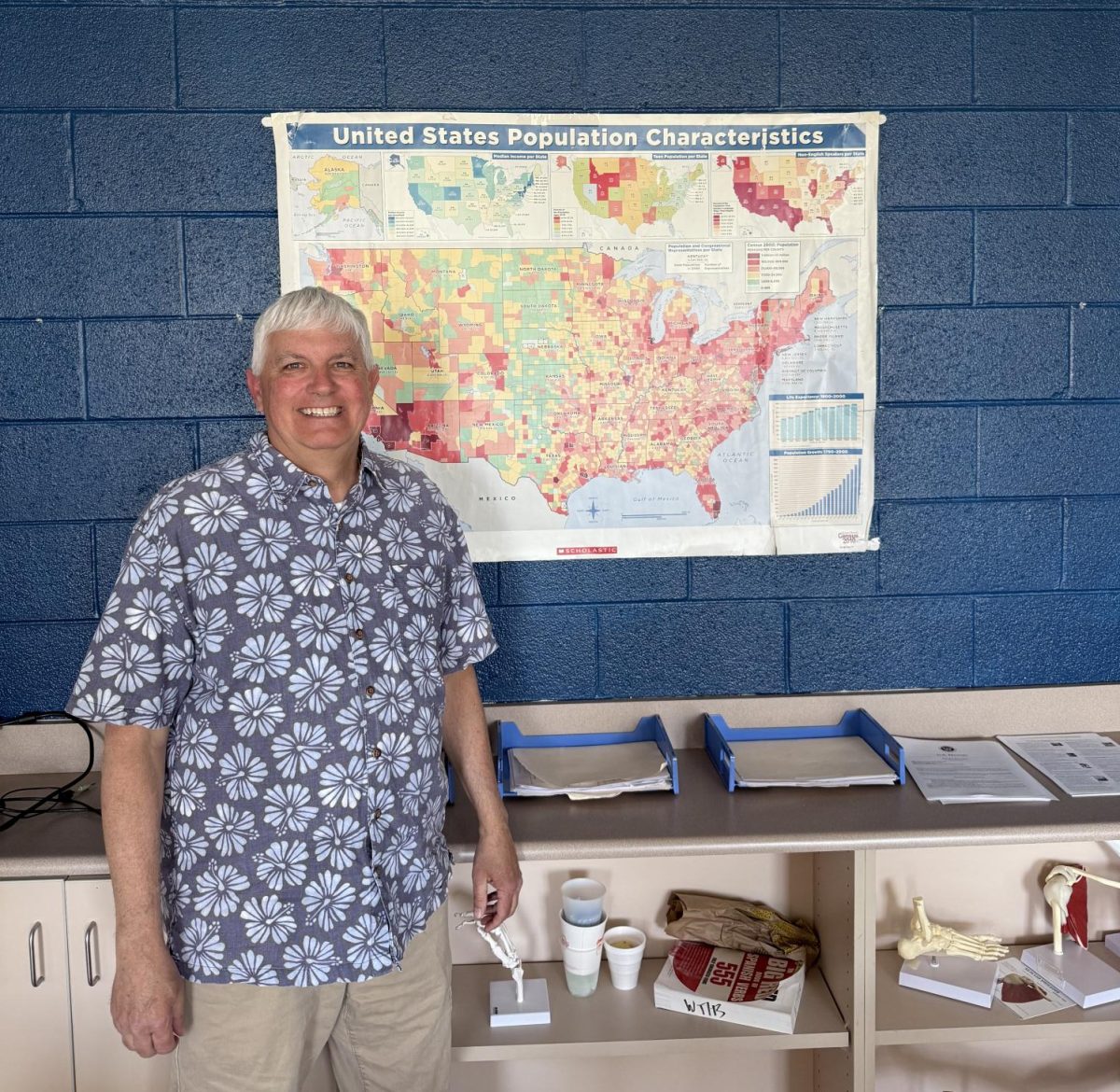OPINION: Stickers For the ‘W’
February 2, 2022
When we are young, we are told, “Oh they don’t have recess in middle school, you’re too big to play on the playground” or “Oh they don’t accept late work in high school, you’re too old for that”. I think back on each of those times where one level of my schooling was preparing me for the next by ripping away the things we had grown accustomed to, and I just remember feeling lost and unsure.
Although many of us will live way past our 70’s, society has normalized the idea of turning 10-year-olds into full-fledged adults as fast as possible. Fun childhood activities have been continually axed not only to make room for the Common Core, but also to strip us of the “plushy” conditions of elementary, middle, and high school.
This starts with the school system centered around a bell schedule and standards of learning. No longer is learning centered around a desire for knowledge, but rather an effective and efficient assembly line that produces obedient and easily replaceable workers. Many students are set on a track that will determine their post-high school lives as early as 3rd grade through standardized tests. Whether or not eight-year-old you were good at adding numbers may have very well dictated what college you go to, even if you’re not aware of it. Students are often told these tests affect their future and will feel overwhelming pressure to do well at such a young age.
So what happens when the youth whose childhood was shortened by the modern school system turn into young adults in high school?
You get unengaged and apathetic bodies stumbling from class to class.
However, there are a few things that have always seemed to give a vital lifeline to students: games, stickers, and arts & crafts.
When I see a sticker on my essay or worksheet, I immediately feel like I have succeeded. That sticker is a sign that someone thought my time and effort was valuable. Stickers are exciting and a reminder of the good old days of naps and coloring. They are a physical incentive to do work.
I often see students collecting the stickers given to them by their teachers and moving them to a specific folder, water bottle, or pencil case where they put all their successes on display. We create these trophy cases to carry with us around school as a reminder of our many attempts and successes.
Games are a key part of our childhood. They are the basis of collaboration, communication, and curiosity. As kids, we learn to love games. Love the feeling of winning. Love the suspense of a close match. Love finding ways to solve problems.
The days at the end of the semester where classes have board game tournaments are always the ones I remember. Why can’t we have more class periods like that? A history lesson focused on imperialism after spending a class period playing Risk. Or an Economics class playing Monopoly. I’ve had some teachers who allot specific days for games like pictionary, charades, and drawing at what they deem are the hardest parts of the school year. Not the hardest content areas but the parts of the year where students and teachers alike find themselves in a slump.
I understand many classes have rigorous coursework that just doesn’t allow for “wasted days”; however, I would argue those classes utilize the days where a substitute teacher has to come in as game days. I can honestly say I have never really learned and understood the content I have been asked to teach myself on the day a sub is there. Oftentimes, teachers come back and reteach us the stuff they asked us to learn while they were gone anyway. Why not use those days for fun?
These games I am referencing don’t even have to be completely unrelated to content. There are many educational game options available now:
The engagement gained by Gimkit and Kahoot is incredible. Kids shouting across the room to prove their answer correct. Kahoot, Gimkit, Quizlet Live are all study tools formatted in the same way as the games we all enjoy so much. Some play fun music in the background, others let us pick animal avatars to represent us. Some reward us with gold coins for speed and accuracy. Some provide verbal encouragement:
“True Genius?”, “You Got This”, “You’ll have the next one”
These learning games are a great way for teachers to fuel our inner child’s excitement and can be centered around any topic in the classroom.
The job of school is to prepare you for what comes next, but I think its important for us to also meet students where they’re at. If a student is joking around every day in class, their goal might not be to disrupt your lecture but rather a need for lighthearted fun. If a student decides to stop doing their homework, it might not be because they don’t find your class important but rather they don’t feel their work is valued or they might have failed one too many times.
If high school could incorporate some of these things that we lost too quickly in our childhood, it would give us a chance to grow up at our own pace and learn while we grow. Stickers & Games. Sometimes those “childish” things can be the difference between feeling like a failure or getting a ‘W’. I don’t know about you all, but I could use a couple more wins at school.









